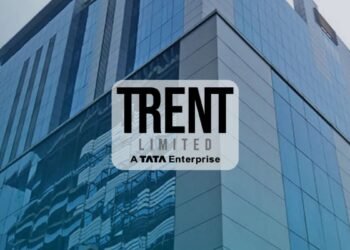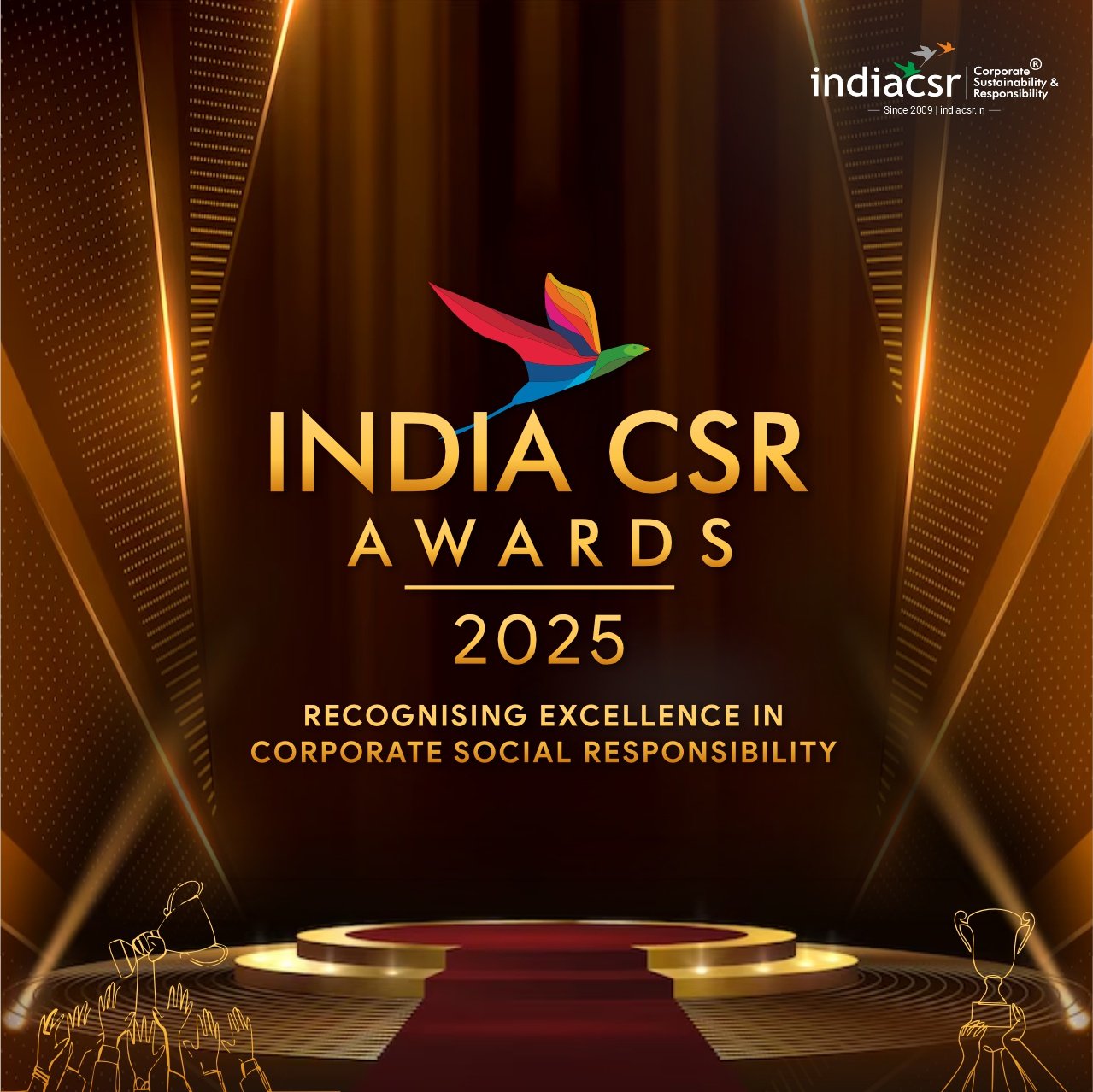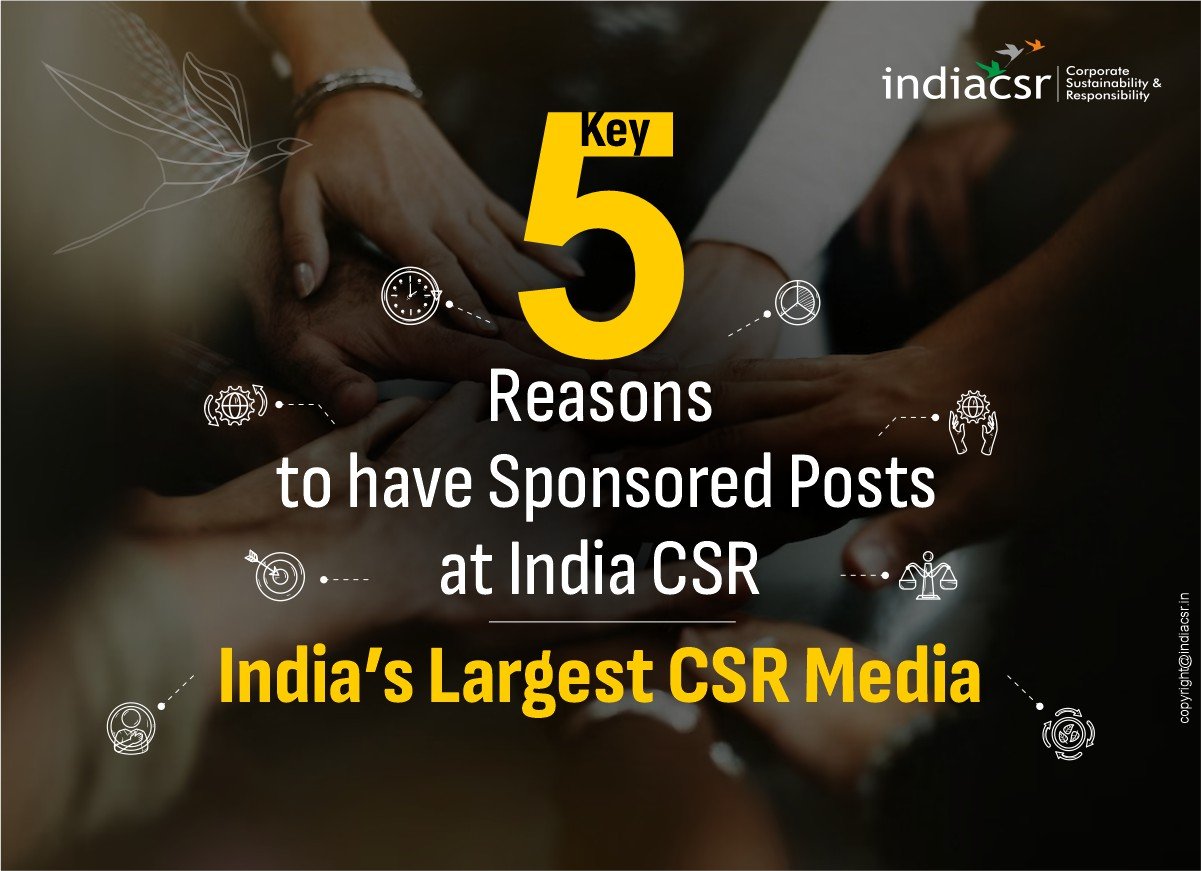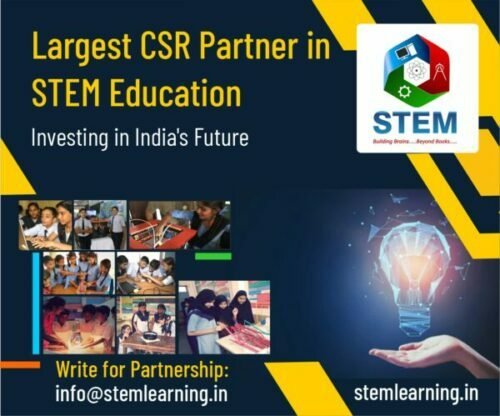Accurate cost estimation is the anchorperson of a high-building business. It helps you win projects, check profitability, keep clients happy, and check intact learning execution. In this Blog of Electrical Takeoff Services, we explored the base steps and strategies to grow a correct and unquestionable assessment ferment for your building business. Whether you are an experienced declarer or just started, these insights helped you perplex your admittance and improve your assessment accuracy.
Understanding the Importance of Accurate Estimation
Before we dive into the specifics, we should learn why correct assessment is so crucial. Accurate cost assessment provides single benefits:
- Competitive Advantage: Precise estimates allow you to bid competitively without sacrificing profitability.
- Financial Health: Accurate estimates help avoid cost overruns and ensure that the learning stays within the budget.
- Client Trust: Providing detailed and correct estimates builds trust and pledge with clients as well as leading to copy concerns and referrals.
- Project Planning: Reliable estimates form the basis for efficacious learning planning and resourcefulness allocation.
Steps to Develop an Accurate Estimation Strategy
Gather Detailed Project Information
The first step in any assessment ferment is to gather all applicable learning information. This includes:
- Project Scope: Understand the full scope of work, including appropriate tasks, milestones, and deliverables.
- Design Documents: Review study drawings, blueprints as well as and specifications thoroughly.
- Site Conditions: Conduct a site visit to bar anchorperson conditions, access, and any effectiveness challenges.
- Client Requirements: Discuss with the guest to elucidate their expectations, preferences, and budget constraints.
Break Down the Project into Tasks
Once you have all the demand information as well as break down the learning into smaller, doable tasks. This approach, as well as often referred to as Work Breakdown Structure WBS, allows for more detailed and correct estimation. For each task, distinguish the following:
- Labor Requirements: Determine the type and reckon of laborers needed.
- Materials Needed: List all materials required for each task.
- Equipment and Tools: Identify any specialized set or tools necessary.
Research Costs
Accurate assessment of CAD Drafter depended strongly on fashionable cost data. Research the modern-day prices for materials as well as labor rates, and sat rentals. Utilize aggregated sources to check accuracy:
- Supplier Quotes: Obtain quotes from aggregated suppliers for materials.
- Labor Rates: Check manufacturing standards and local wage rates for labor costs. Equipment Costs: Compare renting rates from clear-cut vendors for equipment.
Consider Overhead and Indirect Costs
Apart from target costs, it is important to acknowledge bang and validatory costs. These may have consisted of:
- Administrative Expenses: Such as bureau rent, utilities, and salaries for body staff.
- Insurance and Permits: Costs related to obligation insurance as well as workers’ compensation, and demand permits.
- Contingency Funds: Reserved funds to deal with unexpected expenses or changes in learning scope.
Utilize Estimation Software
Take the reward of engineering to improve your assessment process. Estimation parcels could simplify data entry, calculations, and adjustments. Popular parcel options include:
- ProEst: Offers advanced features for creating detailed estimates, managing bids, and tracking costs.
- Buildertrend: Integrates assessment with learning direction tools for an all-encompassing solution.
- Means Data Aline: Provides an approach to all-encompassing cost data for materials, labor, and equipment.
Develop a Standardized Estimation Template
Create a uniform guide for your estimates. This ensures uniformity and facilitates equivalence crossway clear-cut projects. A good guide should have covered:
- Project OverviewBasic learn details, including guest data and learn scope.
- Detailed Cost Breakdown: An itemized list of all expenses as well as covering labor as well as materials, equipment, and overhead.
- Assumptions and Exclusions: Clearly state any assumptions made and items not included in the estimate.
- Ameline and Schedule: Outline the learn Ameline and key milestones.
Review and Validate
Your Estimate Before finalizing your estimate, run a thorough study to check accuracy. Consider the following steps:
- Cross-checking: Compare your justice with past learning data or manufacturing benchmarks.
- Peer Review: Have a fellow or team phallus study the justice for effectiveness errors or omissions.
- Client Review: Present the justice to the guest for feedback and adjustments as needed.
Communicate Clearly with Clients
Clear communication with clients is important for learning success. When presenting your estimate, explicate costs thoroughly. Address any questions they have and be open to adjustments based on their feedback.
Monitor and Adjust
During the Project Even with a correct estimate as well as changes could arise. Regularly tracked costs and advanced using learn direction software. Document scope changes and update the justice accordingly. After the project, study estimated vs. real costs to improve rising estimates.
Continuously Improved Your Estimation Process
Strive for successive betterment in your assessment process of MEP Estimating Services. Gather feedback from your team and clients. Invest in training to stay updated with manufacturing practices. Compare your estimates with manufacturing benchmarks to heighten truth and efficiency.
Conclusion
Developing a correct assessment schema for your building concern is not a one-time job—it is a successive effort. It involves limited planning as well as thoroughgoing research as well as continuous refinement. By following the steps in this guide, you could boost your assessment accuracy, encounter clients best, and maintain your concern is fiscal health. Remember,, a thoroughgoing justice lays the basis for high projects, paving the way for a thriving and respected building enterprise.























